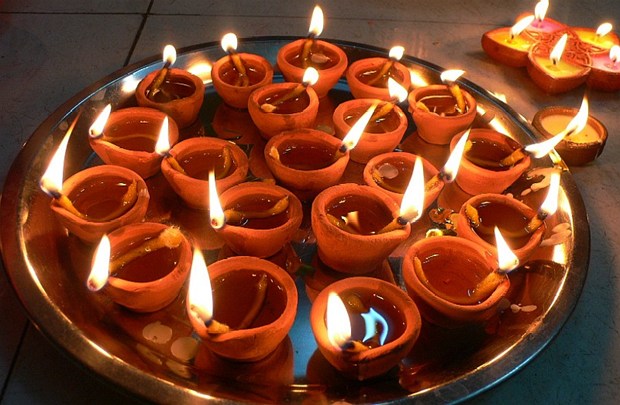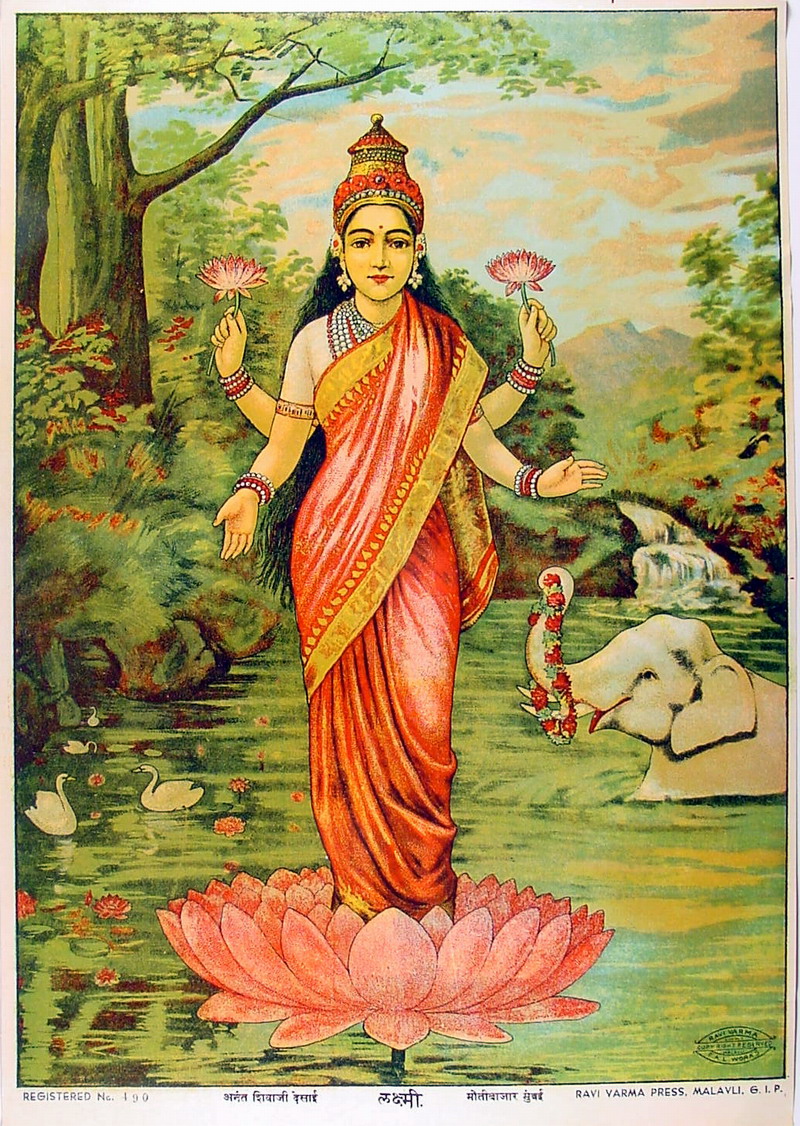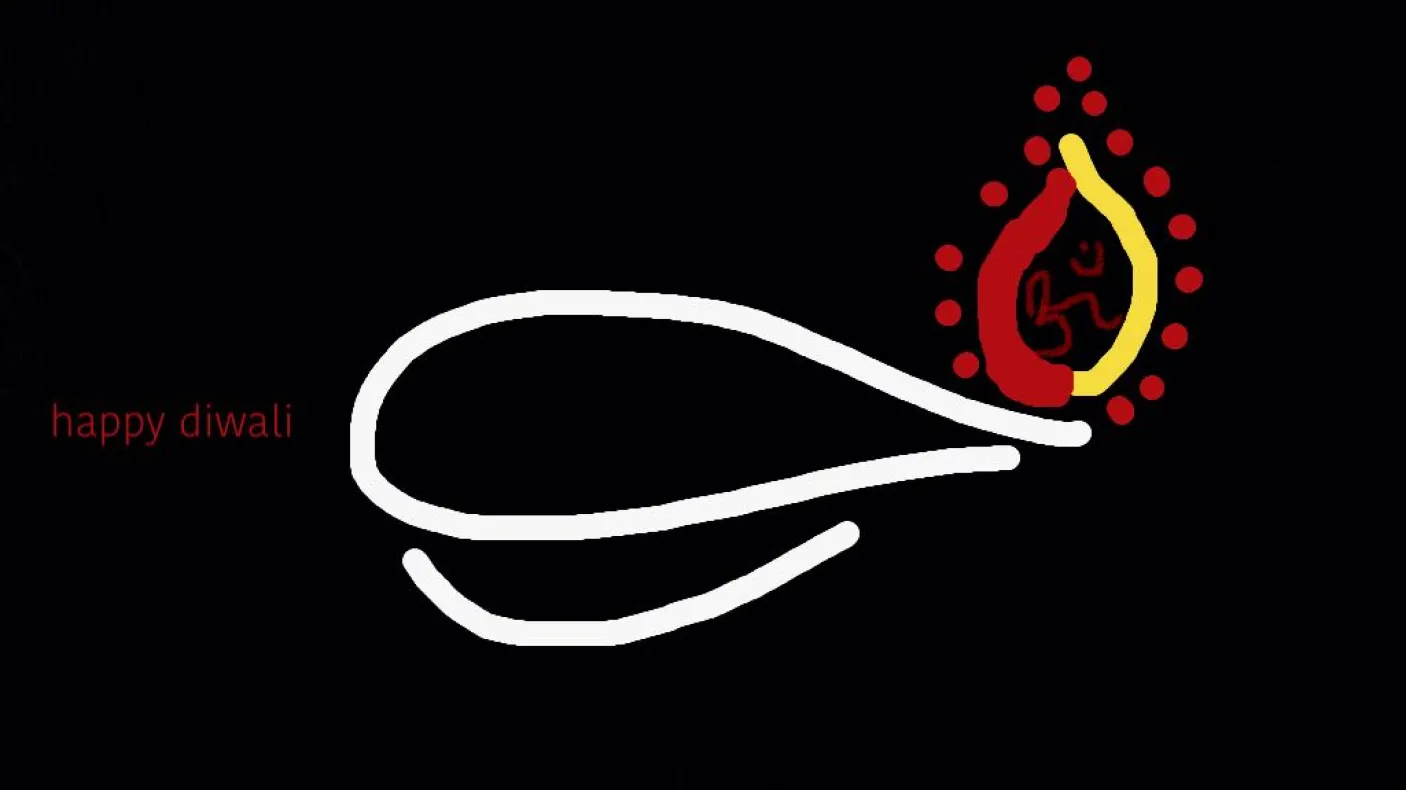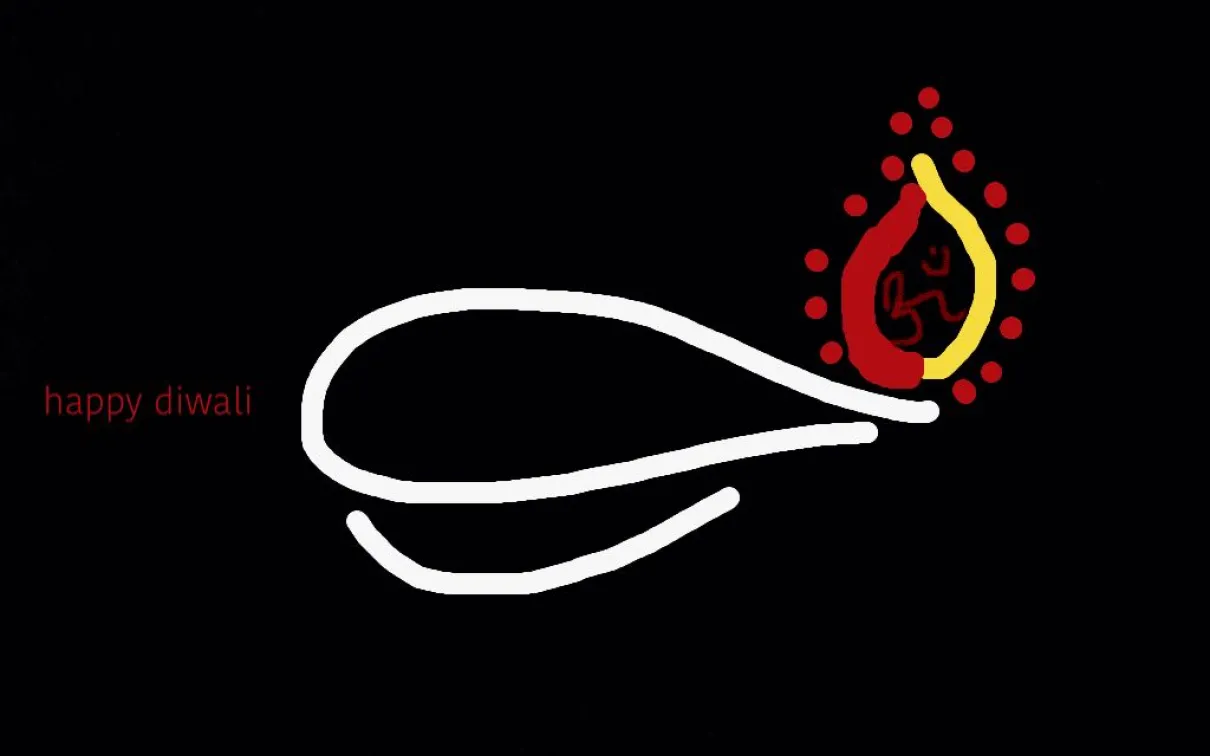Good Over Evil: Diwali, Festival of Lights
Published
Category
Author
Blog Post
Written By: Aruna Panday, PhD Candidate York University, Co-chair Friends of South Asia Committee
Diwali, also Romanized as Divali or Deepawali, literally means 'row of lights.'
Diwali is celebrated by over one billion Hindus, Sikhs, and Jains (and their friends!) in South Asia and among the South Asian Diaspora; it is an official holiday in: Fiji, Guyana, India, Mauritius, Malaysia, Nepal, Singapore, Suriname, Sri Lanka, and Trinidad and Tobago! Popularly and affectionately known as the ‘festival of lights,’ at Diwali it is customary to light diyas--small lamps--before the darkness of night approaches. Brass or other beautiful lamps will be lit inside the home and placed in each room. The outside of the home is lit aglow with humble clay lamps numbering in the dozens if not hundreds to form beautiful and often elaborate patterns.

Perhaps originally a sort of harvest festival, like the Chinese Mid-Autumn Festival, Thanksgiving, or the Jewish celebration Sukot, there are many reasons given for celebrating Diwali. Diwali falls on the new moon of the month Kartik, the darkest night of the year, that falls sometime in October or November on the Gregorian calendar. This is the night that Mother Laxshmi, the goddess of prosperity, was incarnated.
Another explanation is given in the Ramayana. The Ramayana (circa 500 BCE) is a philosophical narrative that recounts the life of Rama, an earthly manifestation of the Hindu god Vishnu (known as the Creator). Shortly after Rama marries Sita (who happens to be an avatar of Laxshmi) they are forced into exile. Once the period of exile is over they return home where they find their way lit by clay lamps.
In the Mahabarata (400 BCE), another philosophical epic narrative, the war between the Pandava and Kaurava dynasties is recounted. As part of the dispute, the Pandavas were tricked and set into exile for twelve years. Their return was marked with rows and rows of lights, guiding their path. This day is also the day that Krishna killed Narakaasur, an evil king and the Jain leader Mahavir Tirthankar attained nirvana. At the root these explanations all speak passionately about the victory of good over evil, truth over ignorance, light over dark, both literal and figurative, external and internal, as the heart of Diwali.

Among the communities who celebrate this occasion, homes are scrubbed and repaired from top to bottom, sweets are made and shared, new clothes are worn for visiting friends, family and temples, gifts are given, and firework displays abound in celebration of this victory. And, of course, fairy lights, candles, and lamps are lit. Cotton wicks are placed in small lamps which are filled with ghee (clarified butter) that is fuel for the bright burning flame.
Clay lamps are made very quickly--it takes a skilled artisan perhaps half a minute to fashion the small lump of clay into something usable. The clay is air dried and fired at a low temperature. Once used these clay diyas are disposed. Metal, on the other hand, is more rare than clay and therefore more precious and costly. Great care is then taken by skilled craftsmen in creating elaborate designs on lamps that are often family heirlooms. Lighting the lamp prayers are said to Laxmi to drive away darkness, sadness, and ignorance, to give light, happiness, and knowledge/awareness at Diwali and all year.


